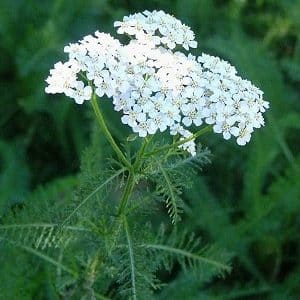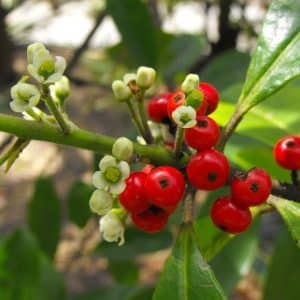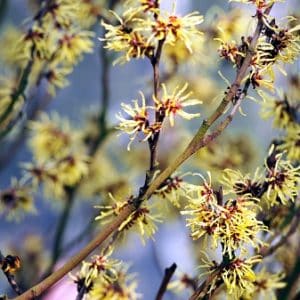Native to Europe, this perennial is now found all over that continent, as well as North America and northern Asia. It grows to about six feet in height, producing toothed leaves and clusters of creamy yellow flowers. The leaves have a very different smell from the flowers, which is a pleasant, almond-like fragrance. The plant prefers such damp places as ditches and the banks of streams and rivers. Leaves and flowering tops are harvested in the summer when the flowers open.
Anti-inflammatory chemicals, called salicylates, were first extracted from the plant in the 1830s. Sixty years later, a pharmaceutical company called Bayer, produced acetylsalicylate artificially, and called it “aspirin.”
It was a common herb used for “strewing” in medieval times simply to “delight the senses.”
During the Middle Ages, it was known as “meadwort” because it was used to flavour mead.
The Meskwaki used it to treat a variety of heart problems, which is now believed to be the result of its salicylic acid component.
Key Actions
Key Components




